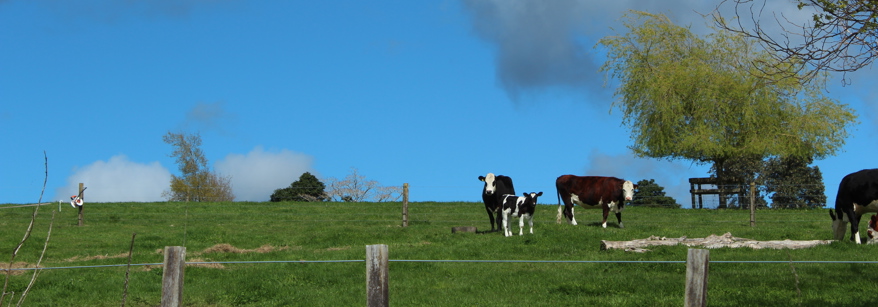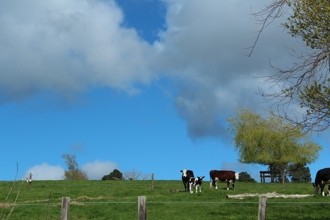You can carry out intensive winter grazing as a permitted activity (consent not required) if you:
- Meet the conditions in the national regulations (National Environmental Standards for Freshwater) and
- Meet your regional council permitted activity requirements.
You need to meet both national and regional permitted activity requirements for your winter grazing activities to be permitted.
Please note: Farmers undertaking Intensive Winter Grazing within the Lake Rotorua catchment are required to comply with their Nutrient Management Plans (NMP). If you are undertaking IWG within the Lake Rotorua catchment, but do not have it authorised within your NMP, please contact your Nutrient Management Officer from the Regional Council.
Links for more help on whether you require consent:


